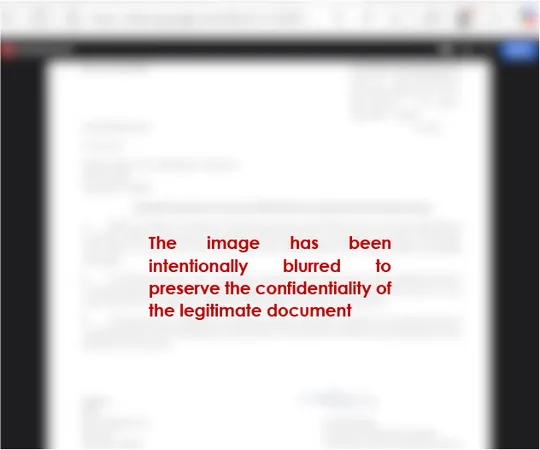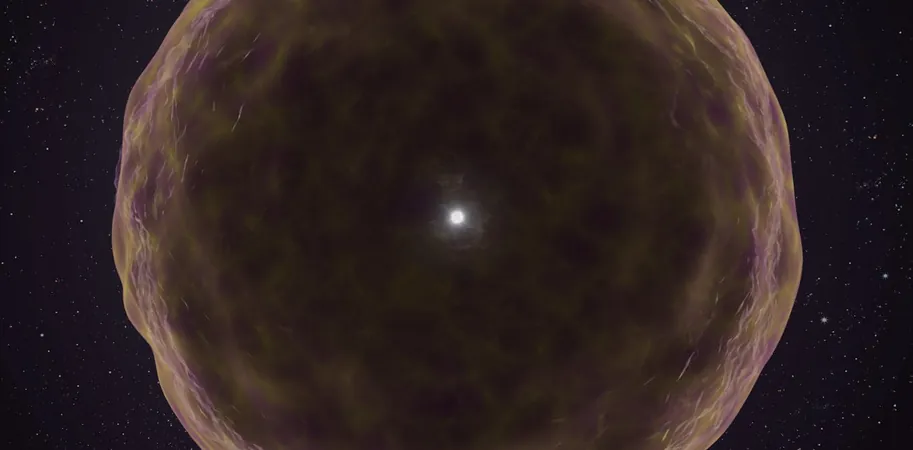
Unlocking the Cosmos: How NASA's New Probe Could Reveal the Secrets of Alien Worlds
2025-06-13
Author: Yu
A groundbreaking innovation from engineers at NASA is set to revolutionize our understanding of alien planets with the development of a compact, battery-powered radio probe known as the Gravity Imaging Radio Observer (GIRO). This revolutionary device promises to unlock the hidden mysteries of exoplanets and other celestial bodies.
GIRO is designed to utilize the subtle variations in gravitational fields to create detailed maps of the interiors and compositions of these distant worlds. As Ryan Park, NASA's principal engineer, articulates, the probe will reflect radio signals from its host spacecraft, enabling it to precisely measure gravitational 'lumpiness'—minor fluctuations in gravity that can reveal vast secrets about a planet or moon's internal structure.
As GIRO orbits or flies by its target, these gravitational variations affect the trajectory of both the probe and the host spacecraft. By analyzing the resulting Doppler effect in the radio signals, scientists can elucidate critical information such as mass, density, and even the geological activity of celestial bodies.
Describing its potential, Park emphasizes that GIRO could become an indispensable tool in planetary science, especially in challenging environments with limited data. Missions to explore asteroids or the rings of distant planets like Uranus would benefit immensely, allowing researchers to gather high-accuracy gravity data where traditional methods fall short.
Compared to existing ground-based tracking systems, GIRO's capabilities promise an accuracy boost of up to 100 times, significantly enhancing our ability to map and understand the internal features of planets and moons.
What sets GIRO apart is its ability to operate as a part of broader exploration missions—streamlining costs and complexities, while still providing precise gravity measurements.
Interestingly, the design of GIRO comes with its own set of challenges, particularly concerning mission planning. Probes will need to be strategically released into specific orbits that not only facilitate accurate gravity readings but also maintain robust communication with the main spacecraft.
When launched on missions to outer planets, these battery-powered probes must execute their tasks within a 10-day window before battery depletion. However, near-sun missions offer the added advantage of solar recharging.
Moreover, strict planetary protection guidelines dictate mission parameters, ensuring the safe operation of probes to avoid contaminating other celestial bodies.
Park believes that within one to three years, GIRO could be integrated into a planetary mission, contingent on securing funding and addressing political challenges. The path ahead includes constructing and testing prototypes in realistic simulation environments before launching.
In summary, GIRO could redefine our exploration of not just familiar celestial bodies, but also the smaller and more remote corners of our solar system, ultimately deepening our understanding of planet formation and the potential for life beyond Earth.



 Brasil (PT)
Brasil (PT)
 Canada (EN)
Canada (EN)
 Chile (ES)
Chile (ES)
 Česko (CS)
Česko (CS)
 대한민국 (KO)
대한민국 (KO)
 España (ES)
España (ES)
 France (FR)
France (FR)
 Hong Kong (EN)
Hong Kong (EN)
 Italia (IT)
Italia (IT)
 日本 (JA)
日本 (JA)
 Magyarország (HU)
Magyarország (HU)
 Norge (NO)
Norge (NO)
 Polska (PL)
Polska (PL)
 Schweiz (DE)
Schweiz (DE)
 Singapore (EN)
Singapore (EN)
 Sverige (SV)
Sverige (SV)
 Suomi (FI)
Suomi (FI)
 Türkiye (TR)
Türkiye (TR)
 الإمارات العربية المتحدة (AR)
الإمارات العربية المتحدة (AR)